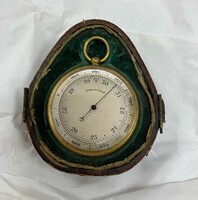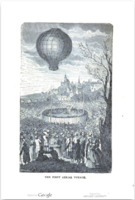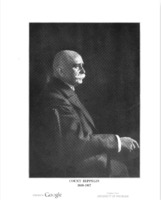Lighter Than Air
The development of man-made flight first became successful in “lighter-than-air” crafts during the 18th century. On June 5th, 1783, the Montgolfier brothers launched the first successful hot-air balloon. While it did not carry humans at first, the hot air balloon gained popularity as a form of aeronautical travel in later decades and centuries. It went on to inspire other inventions and machines of both entertainment and flight, like the Zeppelin airship. This invention built upon the success of hot air balloons by using hydrogen gas as fuel but utilized rigid structure and aluminum to create a device nearly 420 feet long and capable of lifting nearly 25,000 pounds, an airship far larger and stabler than any hot air balloon ever preceding it.


